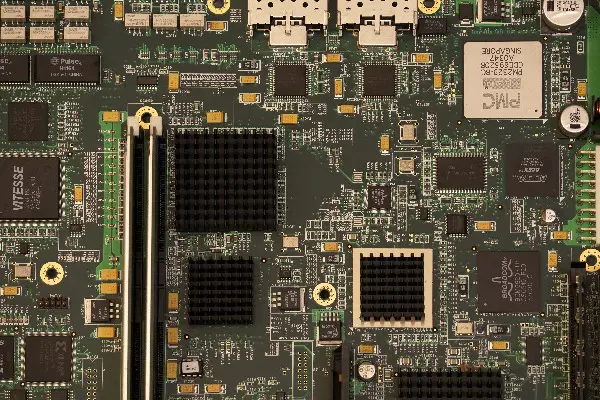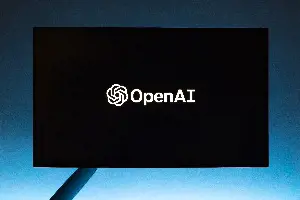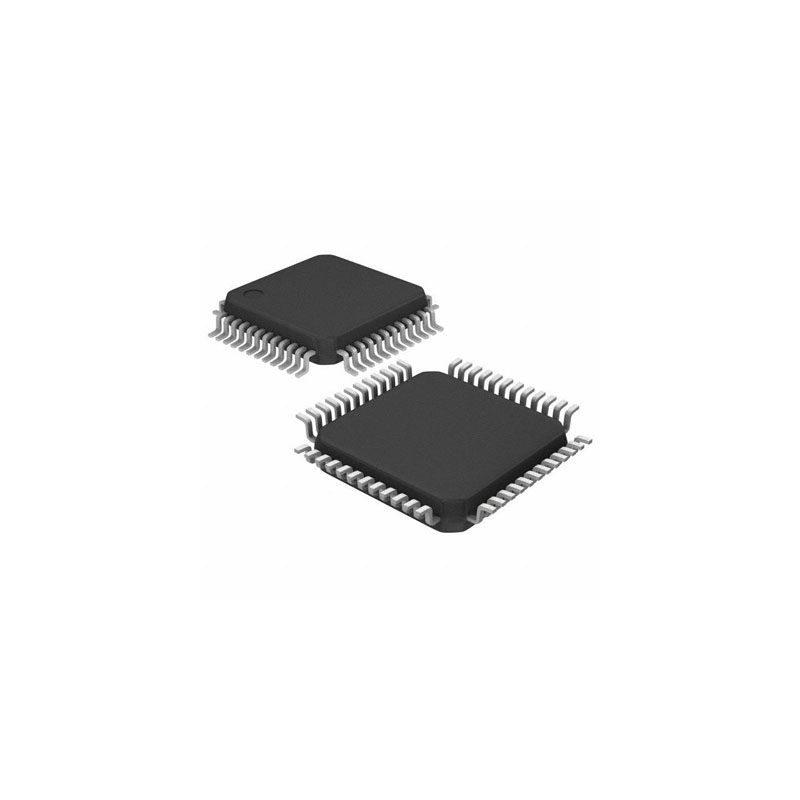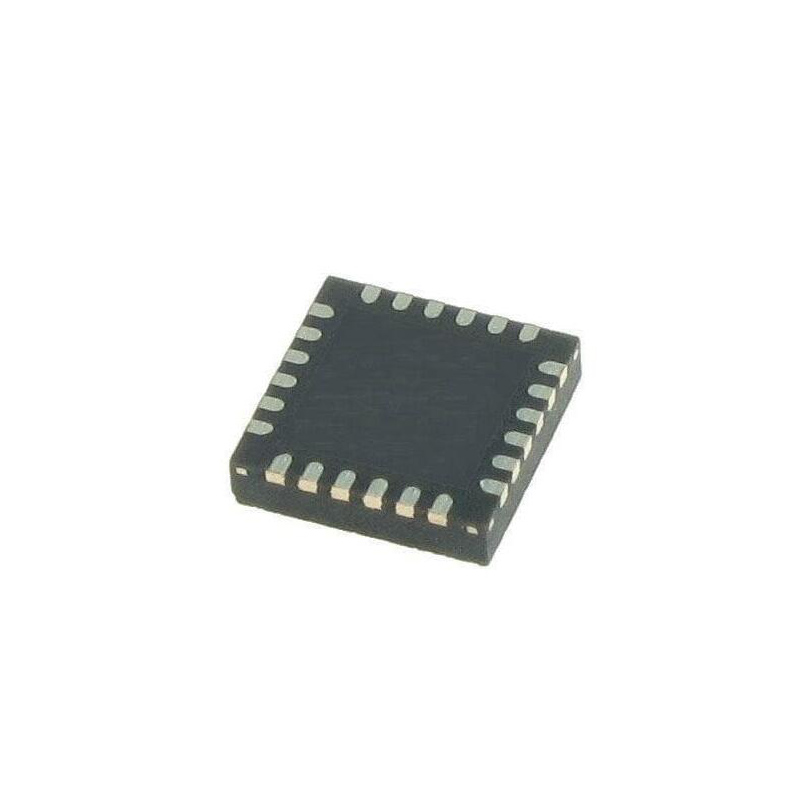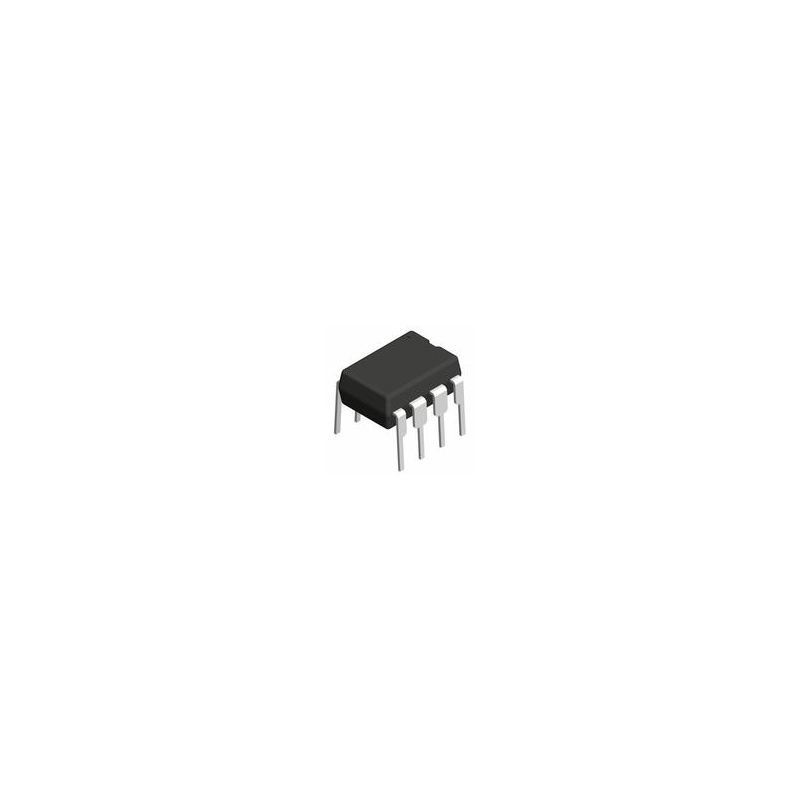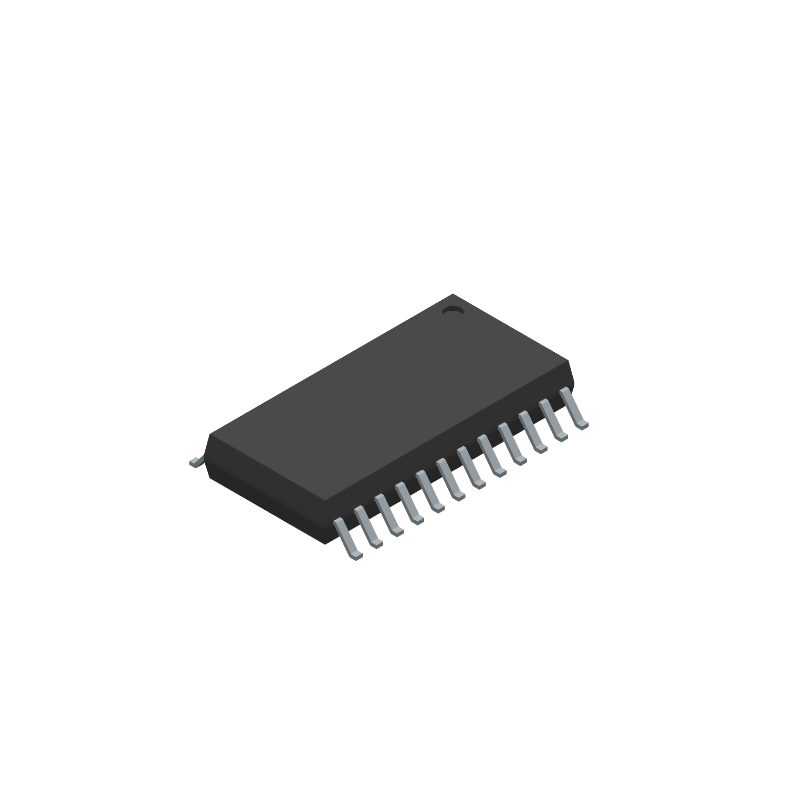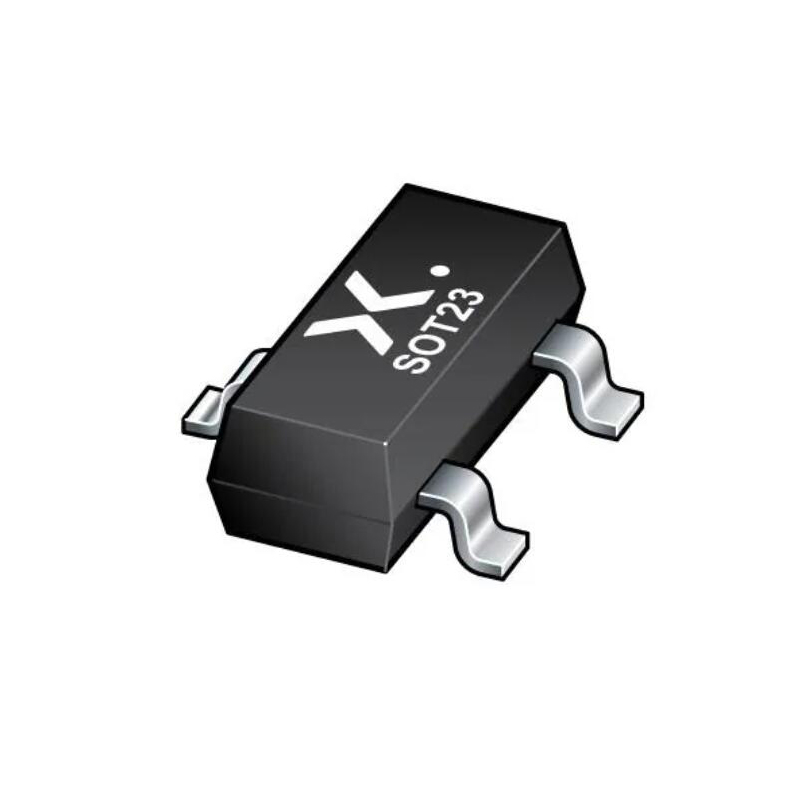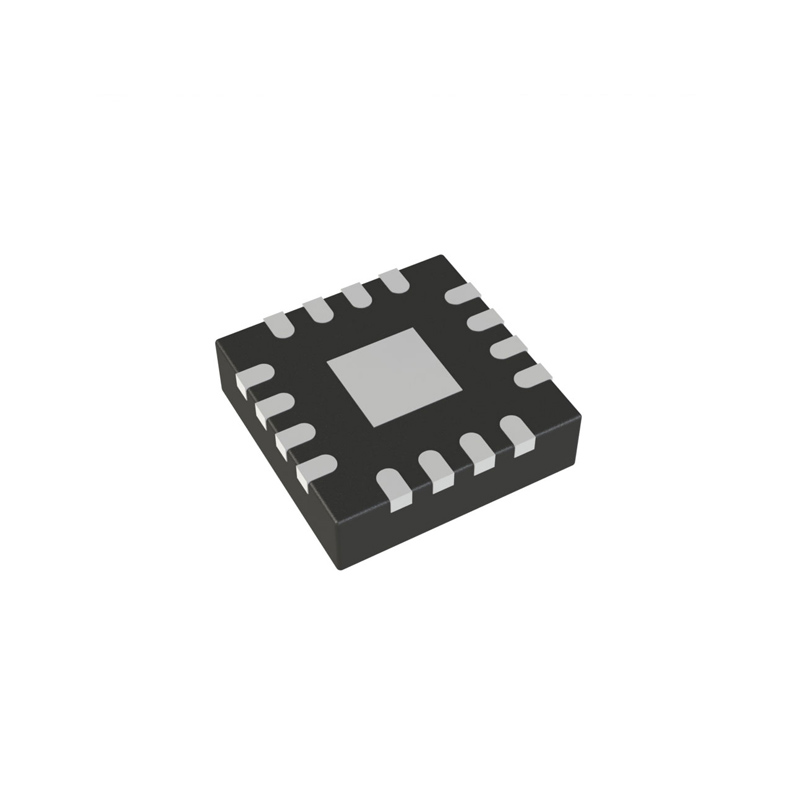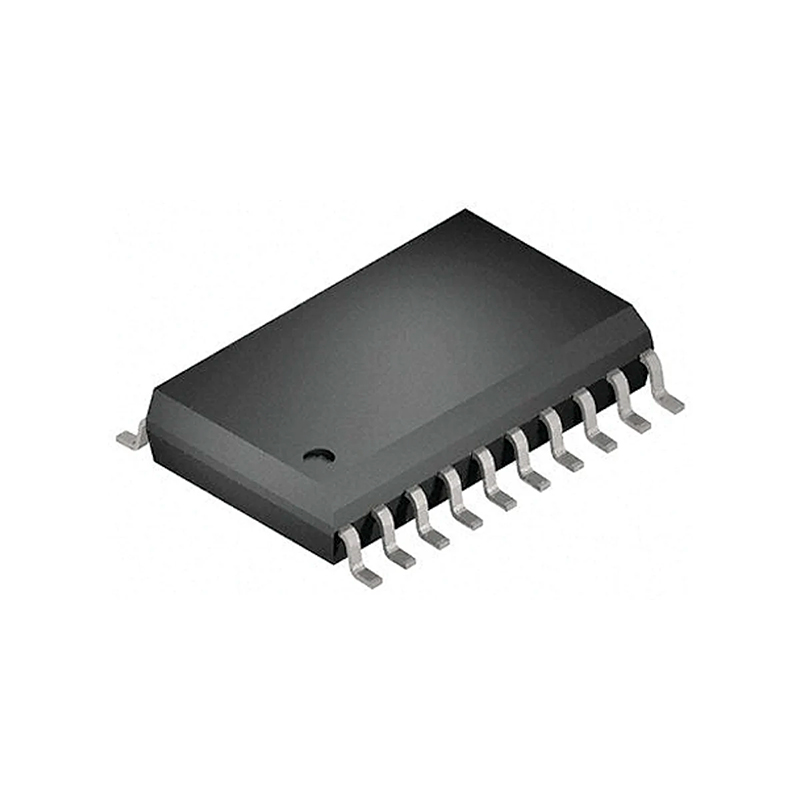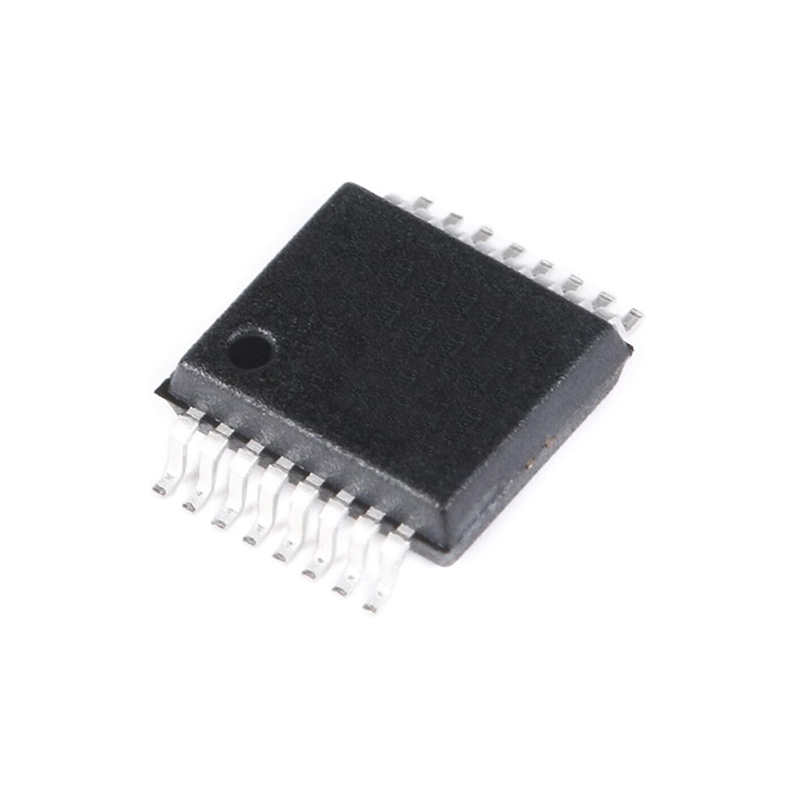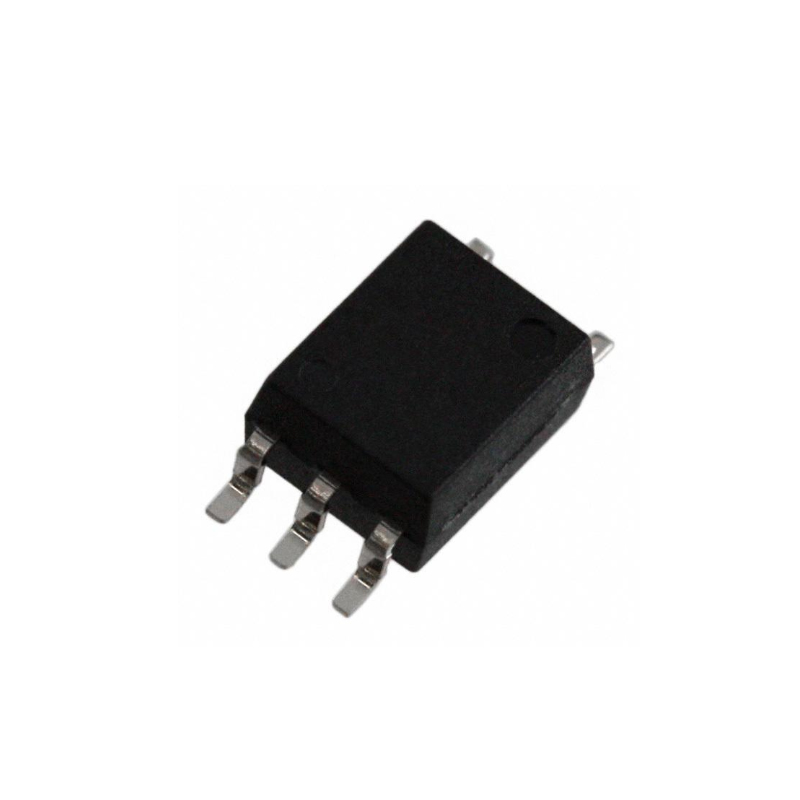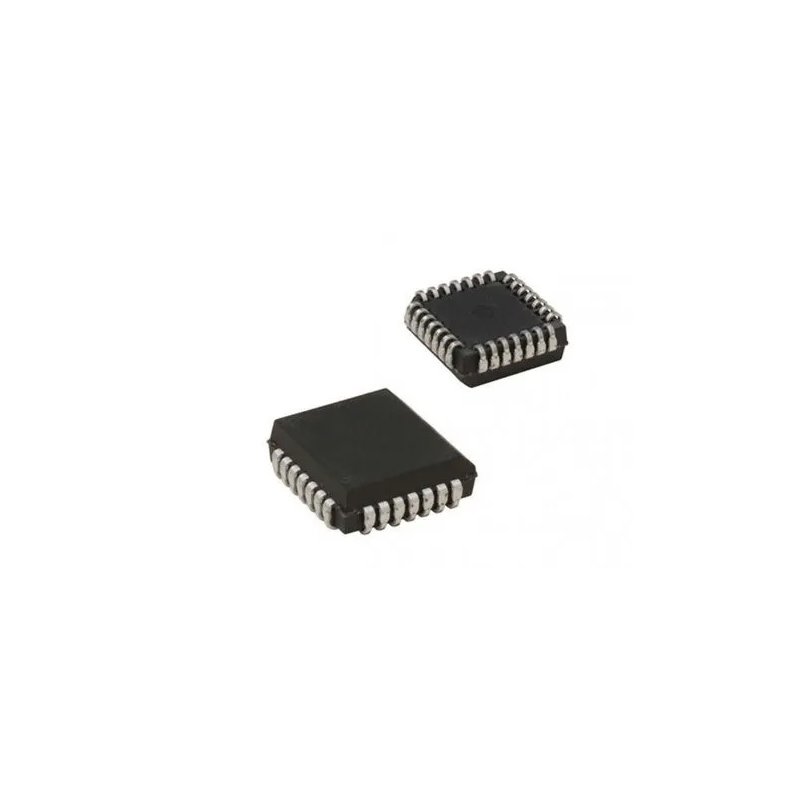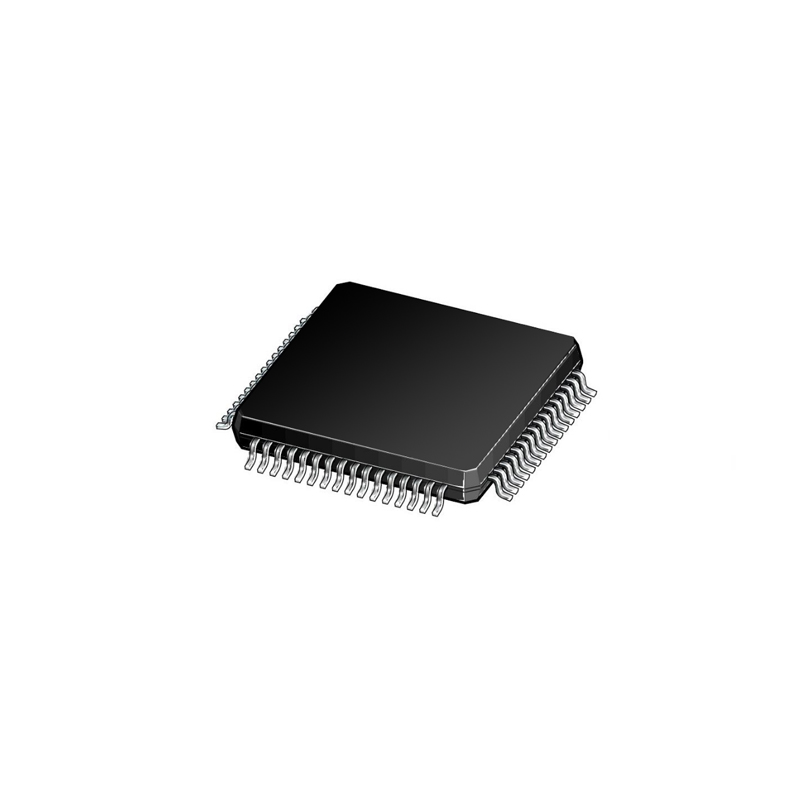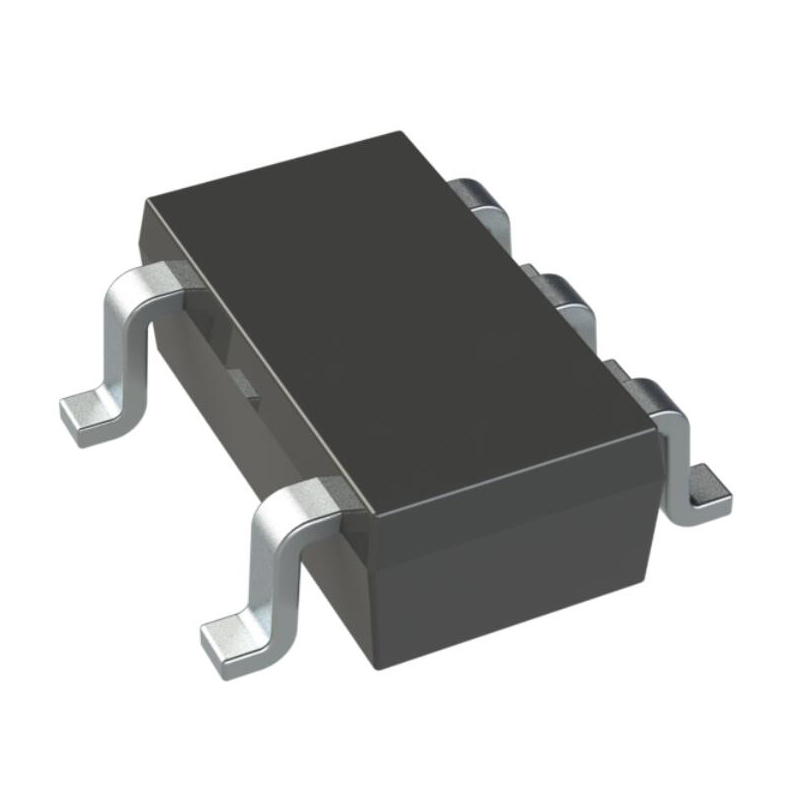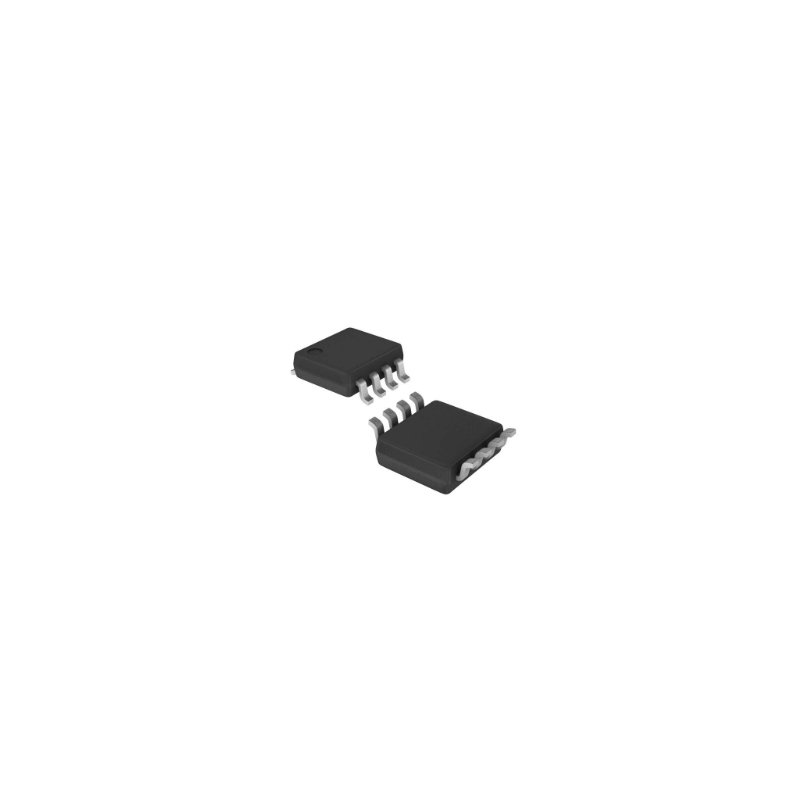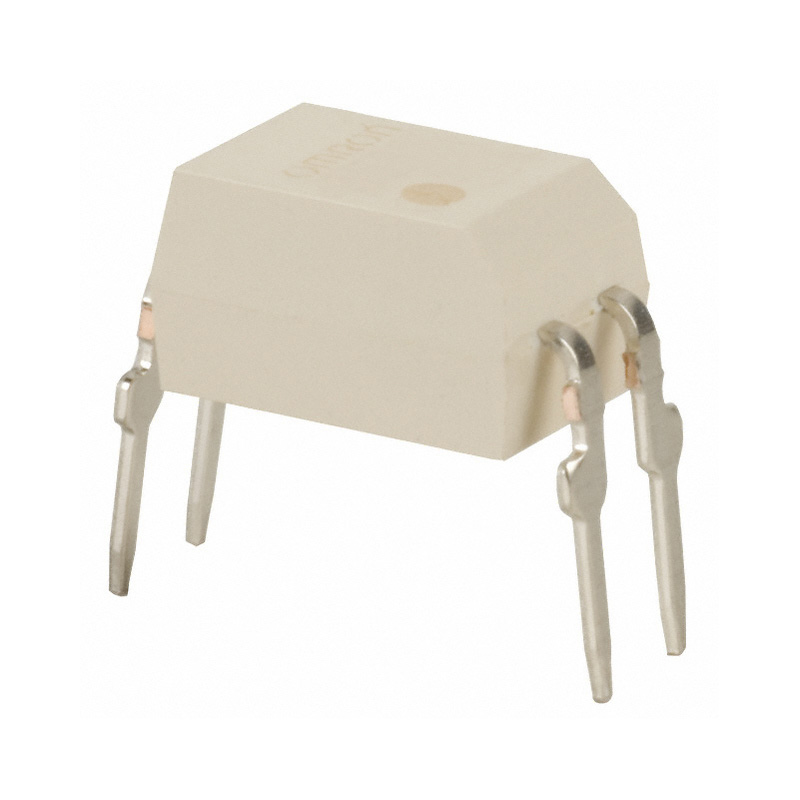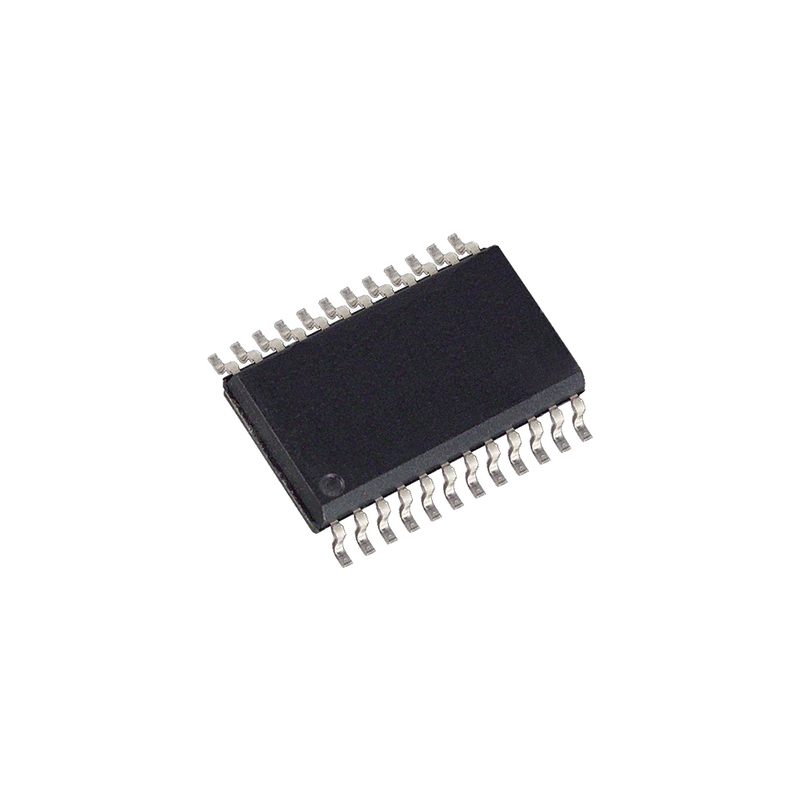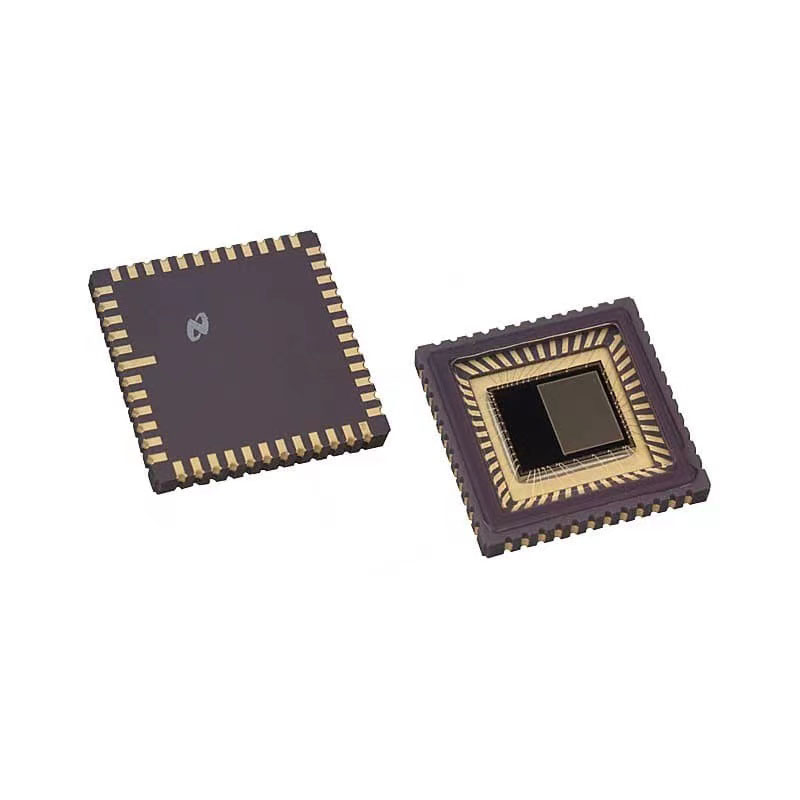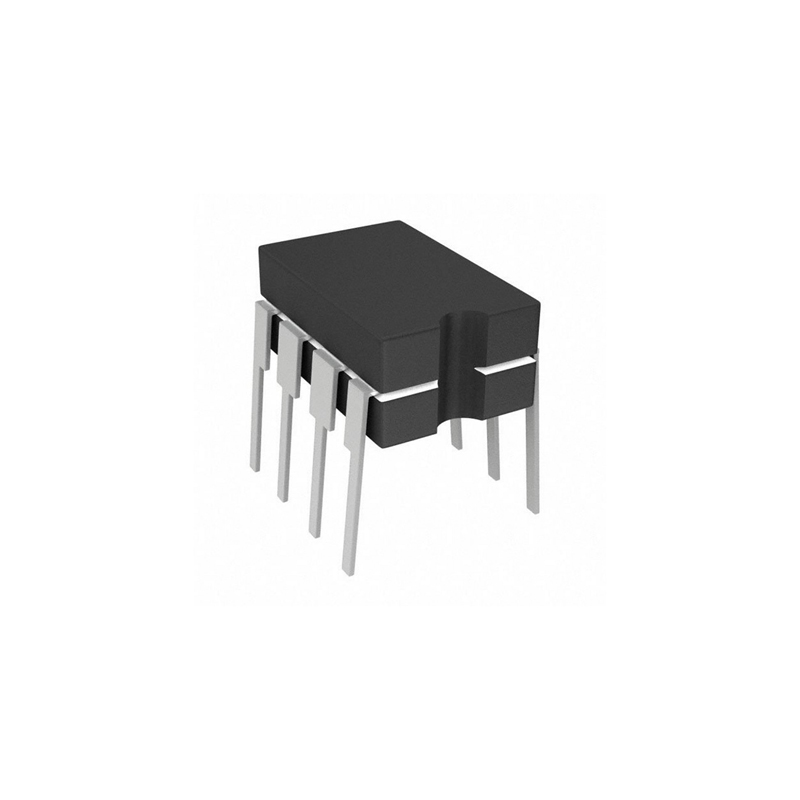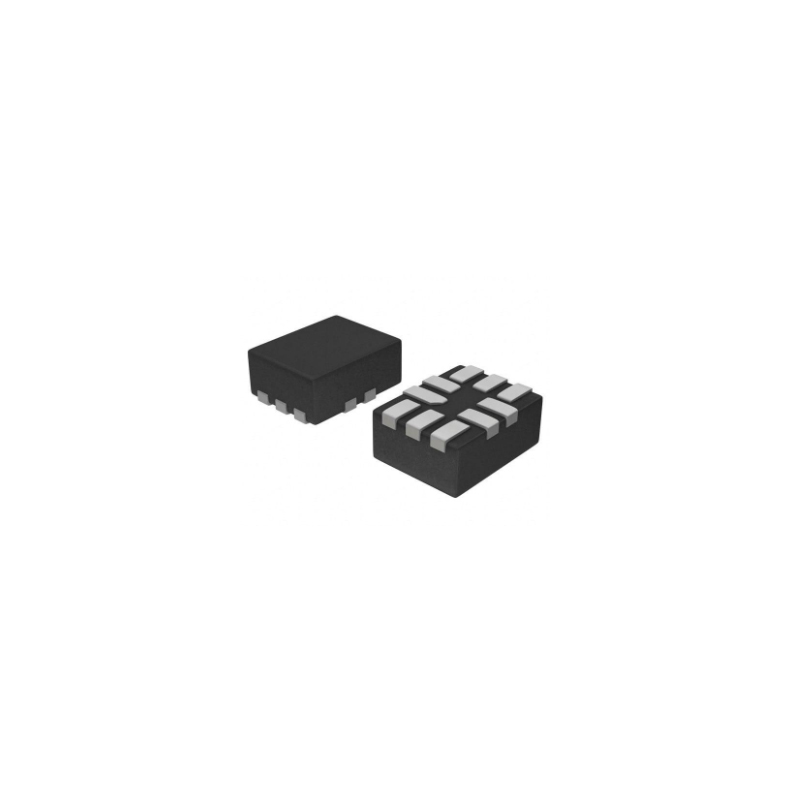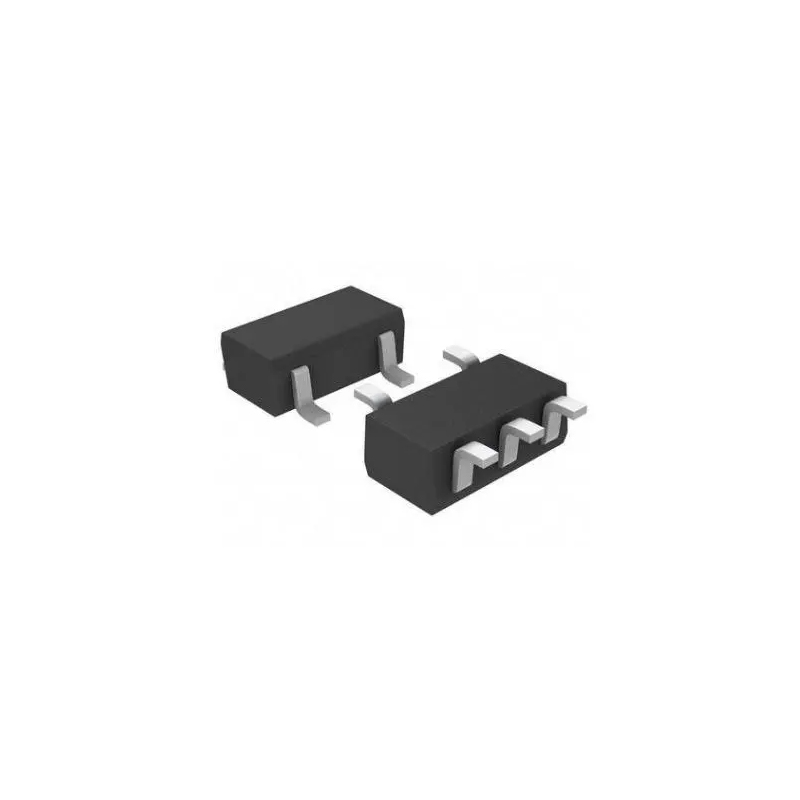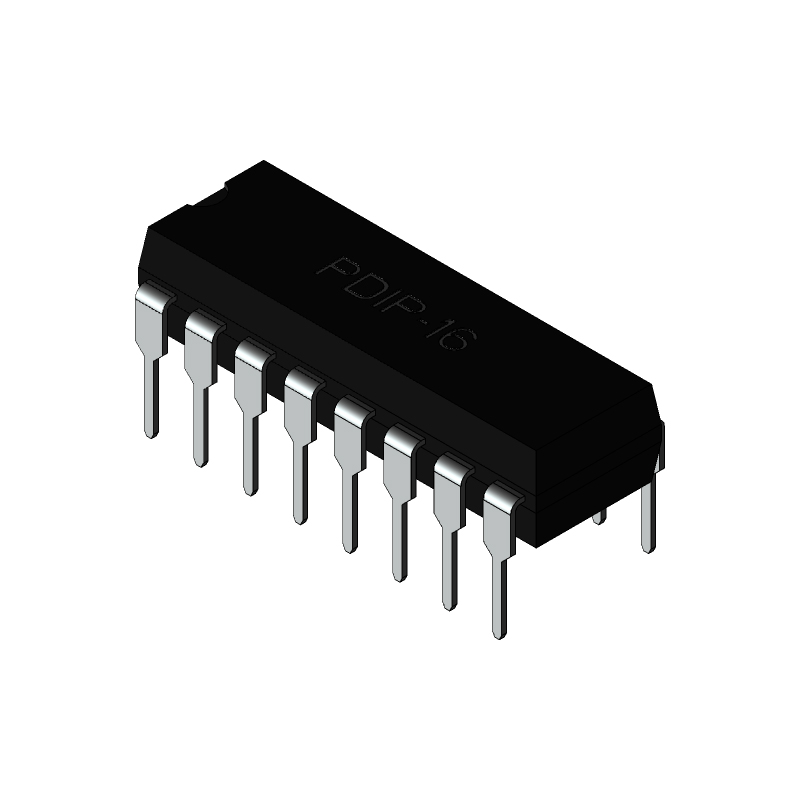Harvesting Energy at Petrol Stations: Revolutionizing Power Generation and Sustainability
Temps de mise à jour: Jul 05, 2023 Lectorat: 2667
Contents
In an era focused on sustainability and renewable energy, the concept of harvesting energy at petrol stations has gained significant attention. Petrol stations, with their constant energy demands, present a unique opportunity to implement energy harvesting technologies and contribute to sustainable power generation. This article sets the stage by highlighting the importance of energy harvesting in the context of petrol stations, introducing the concept of energy harvesting at these facilities, and emphasizing the significance of sustainable power generation within the fuel industry.
Petrol stations are energy-intensive facilities that require a continuous and reliable power supply for various operations. From lighting and fuel pumps to convenience stores and car washes, these facilities consume a significant amount of electricity. However, relying solely on conventional power sources not only increases operational costs but also contributes to carbon emissions and environmental degradation. Energy harvesting offers a compelling alternative by tapping into renewable energy sources available on-site or in the surrounding environment, enabling petrol stations to reduce their dependence on traditional power grids and transition towards sustainable power generation.
Energy Harvesting Technologies for Petrol Stations
Solar Energy Harvesting: Harnessing sunlight for power generation
Solar energy harvesting involves capturing sunlight and converting it into usable electrical energy. Petrol stations have ample roof space, providing an ideal platform for solar panel installations. Photovoltaic (PV) systems consisting of solar panels absorb sunlight and convert it into electricity through the photovoltaic effect. These solar panels can be integrated into the petrol station's infrastructure, such as canopies, roofs, or shading structures, allowing them to generate electricity while providing shade for customers and vehicles. By harnessing solar energy, petrol stations can offset their electricity consumption and reduce their carbon footprint.
Vibration and Motion Energy Harvesting: Utilizing the movement and vibrations in petrol station infrastructure
Petrol station infrastructure experiences constant vibrations and movement from vehicular traffic, pumps, and other equipment. Vibration and motion energy harvesting technologies can capture and convert these mechanical movements into electrical energy. Piezoelectric materials, such as piezoelectric transducers or harvesters, can be strategically placed in areas with significant vibrations to generate electricity. For example, piezoelectric materials can be integrated into the petrol station's flooring or pavement to harness the energy generated by passing vehicles. This harvested energy can power low-energy devices, such as lighting, signage, or sensors.
Waste Heat Recovery: Converting excess heat from fuel and equipment into usable energy
Petrol stations produce significant amounts of waste heat through fuel combustion, engine exhaust, and equipment operation. Waste heat recovery systems utilize this excess heat and convert it into usable electrical energy or thermal energy. Technologies such as thermoelectric generators (TEGs) or heat exchangers can capture the waste heat and convert it into electricity or use it for space heating or water heating purposes. Integrating waste heat recovery systems into the petrol station's infrastructure enables the efficient utilization of thermal energy that would otherwise go to waste.
Electromagnetic Radiation Harvesting: Capturing and converting radiofrequency energy
Electromagnetic radiation harvesting involves capturing and converting ambient radiofrequency (RF) energy into usable electrical power. Petrol stations are surrounded by various sources of RF energy, such as communication towers, mobile networks, and radio systems. RF energy harvesting technologies, such as antennas and rectifiers, can capture this energy and convert it into electrical power. This harvested RF energy can be used to power low-power electronic devices, wireless sensors, or communication systems at the petrol station.
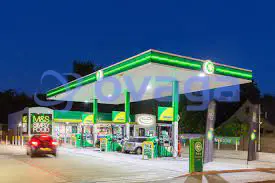
Benefits and Advantages of Energy Harvesting at Petrol Stations
Reduced environmental impact: Lowering carbon emissions and reliance on fossil fuels
By incorporating energy harvesting technologies, petrol stations can significantly reduce their environmental impact. Traditional power generation methods often rely on fossil fuels, leading to carbon emissions and contributing to climate change. Energy harvesting technologies, such as solar energy, vibration and motion energy, and waste heat recovery, provide clean and renewable sources of power. By utilizing these technologies, petrol stations can lower their carbon footprint, decrease air pollution, and contribute to a more sustainable future.
Cost savings: Decreasing energy expenses and operational costs
Energy expenses form a significant portion of the operational costs for petrol stations. Implementing energy harvesting technologies can lead to substantial cost savings. By generating electricity on-site through solar energy harvesting or other methods, petrol stations can offset their reliance on grid-supplied power and reduce energy consumption. This, in turn, lowers electricity bills and operational costs, freeing up resources for other investments and improving profitability.
Energy independence: Enhancing the resilience and self-sufficiency of petrol stations
Petrol stations rely on a continuous power supply to operate various equipment and services. Grid disruptions or power outages can significantly impact their operations and customer service. Energy harvesting technologies offer a degree of energy independence by generating power on-site. By diversifying their energy sources and incorporating renewable energy, petrol stations can enhance their resilience and ensure uninterrupted operations even during grid failures or emergencies. This energy independence also reduces the vulnerability to fluctuations in electricity prices.
Meeting sustainability goals: Aligning with global sustainability initiatives and regulations
The implementation of energy harvesting technologies at petrol stations aligns with global sustainability initiatives and regulations. Governments and organizations worldwide are setting ambitious targets to reduce carbon emissions, promote renewable energy, and achieve sustainable development goals. By embracing energy harvesting, petrol stations can actively contribute to these initiatives, showcasing their commitment to environmental stewardship. Moreover, energy harvesting technologies enable petrol stations to meet regulatory requirements and comply with sustainability standards, enhancing their reputation and attracting environmentally conscious customers.

Implementation Challenges and Solutions
Implementing energy harvesting technologies at petrol stations comes with its share of challenges. These challenges include technical adaptations, integration with existing infrastructure, maintenance and reliability, and financial considerations. Overcoming these obstacles is crucial to ensure a successful implementation and maximize the benefits of energy harvesting.
Addressing the technical challenges involves adapting energy harvesting technologies to the specific requirements of petrol stations. Each technology must be tailored to suit the petrol station's infrastructure, available space, and electrical systems. Collaborating with energy harvesting experts and conducting feasibility studies can help customize the implementation. Integration with existing infrastructure presents another challenge, as retrofitting energy harvesting systems into petrol station facilities requires careful planning and design. Working with experienced professionals can minimize disruptions and optimize the use of limited space.
Maintenance and reliability are vital for the long-term operation of energy harvesting systems. Regular inspections, maintenance, and prompt repairs are necessary to ensure efficient performance. Establishing a proactive maintenance schedule and partnering with specialized service providers can help maintain the reliability of the systems. Lastly, financial considerations play a significant role in the decision-making process. Conducting a comprehensive cost-benefit analysis is essential to evaluate the return on investment and cost-effectiveness of energy harvesting implementation. Seeking financial expertise and exploring funding opportunities can help address initial investment challenges and optimize financial outcomes.

Future Prospects and Potential Applications
Advancements in energy harvesting technologies present exciting opportunities for petrol stations. Researchers are continuously developing innovative solutions, such as triboelectric nanogenerators (TENGs), which can harvest energy from mechanical friction and vibrations. Integrating TENGs into petrol station infrastructure, such as fuel dispensers or vehicle charging stations, can provide an additional source of electricity. Furthermore, advancements in flexible and transparent solar cells can enable their integration into windows, canopies, and even vehicle surfaces, expanding the surface area available for solar energy harvesting at petrol stations.
While solar energy remains a prominent source of energy harvesting, there is potential for exploring additional sources at petrol stations. For instance, the movement and vibrations generated by vehicles and equipment can be harnessed using electromagnetic induction or piezoelectric materials. Petrol stations can implement energy harvesting flooring or road surfaces that capture the kinetic energy of vehicles, converting it into electricity. Additionally, technologies like geothermal energy and hydrokinetic energy could be explored if viable sources are available in the vicinity of the petrol station, further diversifying the energy sources.
Energy storage plays a crucial role in optimizing the utilization of harvested energy. By integrating energy storage systems, such as batteries or supercapacitors, petrol stations can store excess energy during periods of high generation and utilize it during peak demand or when energy generation is low. This allows for a more balanced and reliable power supply, reducing dependence on the grid and ensuring uninterrupted operations. The integration of energy storage systems also enhances the resilience and flexibility of the petrol station's energy infrastructure.

Conclusion
Energy harvesting technologies have the potential to revolutionize the way petrol stations generate power, offering numerous benefits and paving the way for a greener and more sustainable future in the fuel industry. The importance of energy harvesting at petrol stations cannot be overstated. By reducing their environmental impact, decreasing reliance on fossil fuels, and aligning with global sustainability initiatives, petrol stations can play a significant role in combating climate change and promoting a cleaner energy ecosystem.
In conclusion, energy harvesting holds immense promise for petrol stations, offering a pathway to reduce environmental impact, achieve cost savings, and contribute to global sustainability goals. It is imperative to embrace and explore the potential of energy harvesting technologies to create a greener and more sustainable future for the fuel industry. By doing so, petrol stations can lead the way in adopting clean and renewable energy solutions, setting an example for other sectors and promoting a more sustainable and resilient energy landscape.
Lecture prolongée
 FAQ
FAQ
-
Can energy harvesting be integrated into EV charging stations at petrol stations?
Yes, energy harvesting technologies can be seamlessly integrated into EV charging stations, providing clean energy for electric vehicle charging and promoting sustainable transportation.
-
Are there regulatory incentives for petrol stations to adopt energy harvesting?
Yes, governments offer financial incentives, grants, and tax benefits to encourage the adoption of renewable energy solutions like energy harvesting.
-
How can energy harvesting technologies increase the resilience of petrol stations?
Energy harvesting provides an additional power source, reducing reliance on the electrical grid and ensuring essential operations during power outages or disruptions.
Blogues populaires
-
![What is Integrated Circuit Design?- How to Design?]()
What is Integrated C...
IC design, short for integrated circuit design, ...
-
![Types and Applications of Energy Harvesting Technologies]()
Types and Applicatio...
As the world continues to search for sustainable...
-
![What is an Analog Integrated Circuit?]()
What is an Analog In...
An analog integrated circuit mainly refers to an...
-
![What Can ChatGPT Bring to Smart Cars?]()
What Can ChatGPT Bri...
ChatGPT's popularity continues, and although it ...



